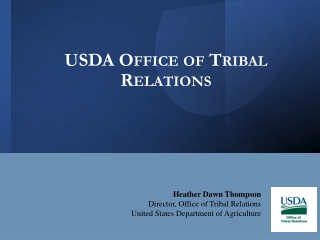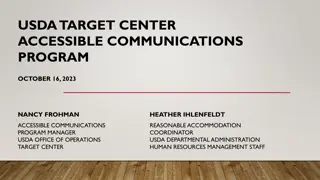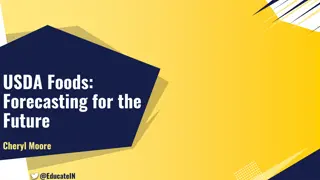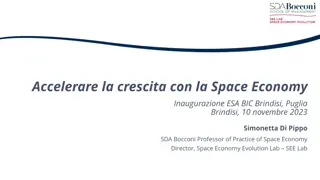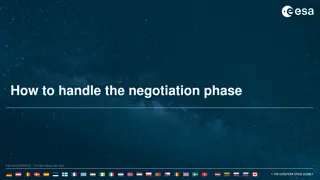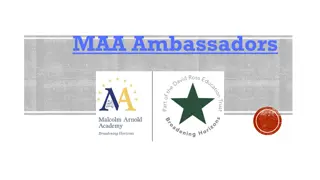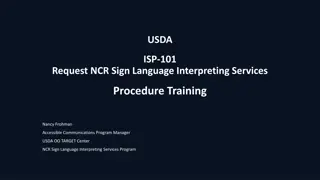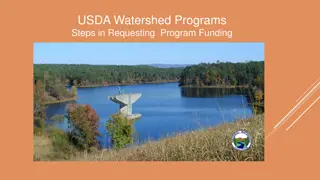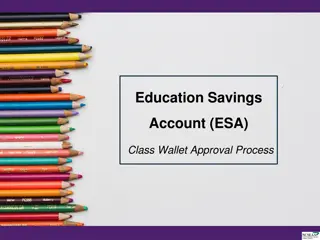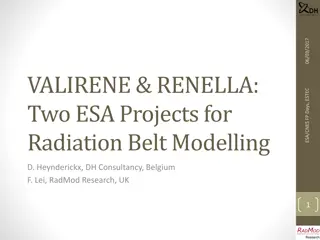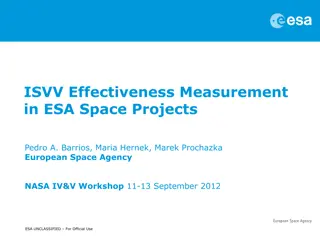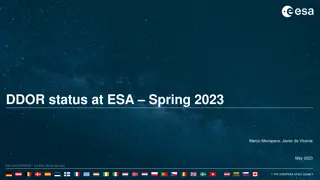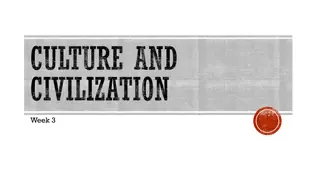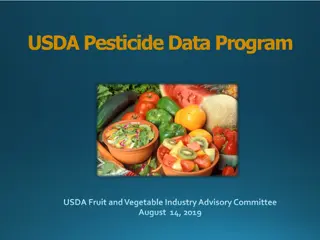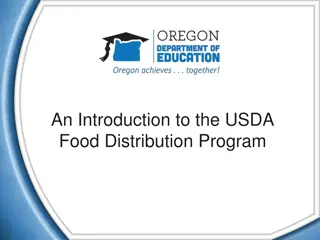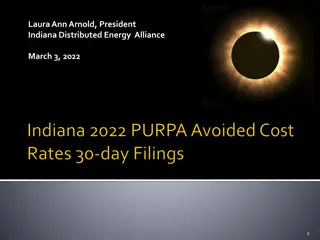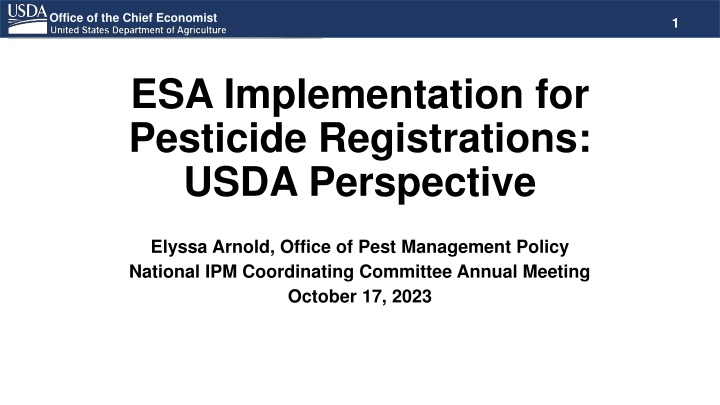
USDA Perspective on ESA Implementation for Pesticide Registrations
Gain insights into the USDA's role in ESA compliance for FIFRA actions, addressing challenges for growers and applicators, the intersection of IPM and ESA mitigation, and looking forward to outreach and education initiatives within the grower community. Learn how the USDA Office of Pest Management Policy collaborates with EPA and other federal partners to ensure practical mitigations for listed species while supporting growers in meeting regulatory requirements.
Download Presentation

Please find below an Image/Link to download the presentation.
The content on the website is provided AS IS for your information and personal use only. It may not be sold, licensed, or shared on other websites without obtaining consent from the author. If you encounter any issues during the download, it is possible that the publisher has removed the file from their server.
You are allowed to download the files provided on this website for personal or commercial use, subject to the condition that they are used lawfully. All files are the property of their respective owners.
The content on the website is provided AS IS for your information and personal use only. It may not be sold, licensed, or shared on other websites without obtaining consent from the author.
E N D
Presentation Transcript
Office of the Chief Economist Office of the Chief Economist 1 ESA Implementation for Pesticide Registrations: USDA Perspective Elyssa Arnold, Office of Pest Management Policy National IPM Coordinating Committee Annual Meeting October 17, 2023
Office of the Chief Economist 2 USDA s Role in ESA Compliance for FIFRA Actions Member of the FIFRA-ESA Interagency Working Group created under the 2018 Farm Bill USDA provides the grower perspective so that EPA and the Services (Fish & Wildlife Service and National Marine Fisheries Service) understand: 1. how pesticides are typically used (e.g., rates, timing, locations, application methods, target pests), and 2. the implications of the proposed mitigations (e.g., feasibility, alternatives, potential unintended consequences). USDA s Office of Pest Management Policy submits public comments on many of EPA s proposals, providing constructive recommendations. We are focused on growers, but our goals are aligned with those of our Federal partners we want to ensure that workable mitigations are put in place to protect listed species. If mitigations aren t practical for growers, they can t be effectively implemented.
Office of the Chief Economist 3 Challenges for Growers and Applicators Complex new requirements are being introduced at a rapid pace. Need for technical and financial assistance to comply with runoff and erosion mitigation requirements. Lack of compliance options for some cropping systems (e.g., orchards) and some growers (e.g., those who lease their land). Need for substantial training, education, and outreach.
Office of the Chief Economist 4 The Intersection of IPM and ESA Mitigation The goal of many of EPA s ESA mitigations is to keep pesticides on the field where they are applied. Natural alignment with IPM and other efforts (e.g., climate smart agriculture) Responsible pesticide use (PAMS) Decreasing environmental risk Mitigating environmental effects USDA-OPMP has recommended adding IPM implementation with the support of a qualified professional (e.g., extension agent) as a runoff mitigation menu option. Extension is included as a source of potential Conservation Programs and expert guidance on runoff/erosion mitigation.
Office of the Chief Economist 5 Looking Forward Outreach and education for the grower community is key Bulletins Live! Two Webinar by EPA on Nov 9 (register here) IPM professionals can comment on EPA s proposals Recommend organizing through the IPM Centers OPMP is available to meet to answer questions or discuss new ideas
Office of the Chief Economist 6 Questions? Elyssa.Arnold@usda.gov

